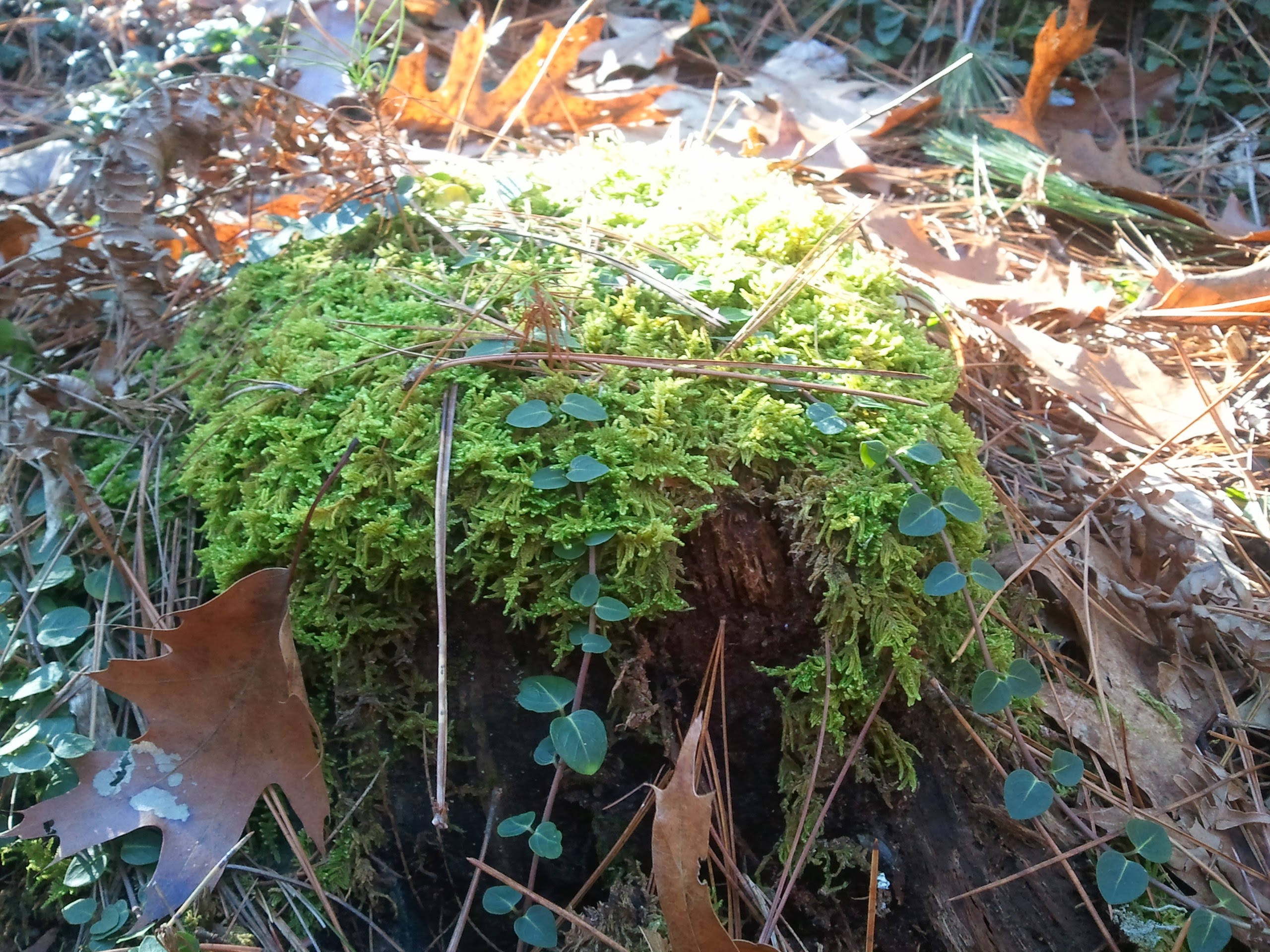I used to work as a river guide for a small, flat-water canoeing outfit. One of the things I taught regularly was macroinvertebrate studies – aquatic bugs, in other words. My favorite insect is the dragonfly – for a variety of reasons – which I got to know quite a lot about through my years of teaching and studying.
What I find most fascinating about them is that they go from being aquatic insects with gills to these beautiful, flying, air-breathing denizens of the earth and sky. The metamorphosis for each species looks a little different, but here’s how it looks for many (and when I’m explaining this to a group of students, I have them put themselves in the place of the dragonfly for added empathy):
Imagine you are a small, crawly creature that lives under the water. Breathing water, crawling on the ground of the pond (or river) and eating other critters is all you’ve known for your entire life – and that life may be as long as a few weeks up to a few years (depending on the species). The urge to leave the only home you’ve known eventually overtakes you, and you crawl up onto the shore (or an emerging plant stem, or rock) and potentially travel a great, great distance until you find just the right spot (some dragonfly exuviae – discarded exoskeletons – have been found yards away from their original water source). It must be sunny, and warm, but most likely you’re not protected from other creatures who would eat you. So you hold your breath all this time, huddle in your sunny spot and split the skin of your back wide open, and do a backflip until you’re clutching the very exoskeleton you just emerged from.
But even though you now have wings, you can’t fly away just yet. Your wings are wet and pasted down to your thorax and abdomen, and you have to pump them full of blood and wait for them to dry out. This process can take several hours, and during that time you are vulnerable to any predators that happen by you in this fragile state.
If you’ve survived long enough to dry your wings out completely you can fly away, but you won’t yet have the brilliant colors that will eventually help identify your species. You’re now a ‘teneral’ dragonfly – and your color and harder body will still take a few more days to develop. But you are a mighty hunter! Flying through the air you catch your quarry on the wing and consume it as you continue to soar about. Your forelimbs are used for grabbing insects like mosquitoes, flies and even smaller dragonflies and damselflies out of the air to feast upon.
But this final phase of your life is fleeting, at best. While you may have lived many months or years under the water, you will be an adult for a few weeks at most. Long enough for you to find a mate, and if you’re a female, to find a place to lay your eggs (on, in or near the water – sometimes deposited in the stems of emerging plants). You won’t live to see your babies hatch out of their eggs and start their lives under the cover of water, living, growing and eating, and starting another cycle of life anew.
Recommended resources:
Stokes Beginner’s Guide to Dragonflies
Dragonflies Through Binoculars: A Field Guide to Dragonflies of North America


My late friend was also a water guide..I have both of these books but have only begun to study the pond…interesting post…
Sounds like your friend and I were quite a bit alike!
yes…almost like I should have found your blog….